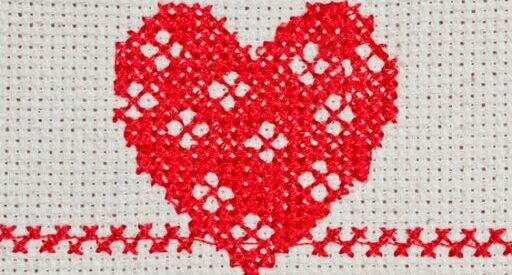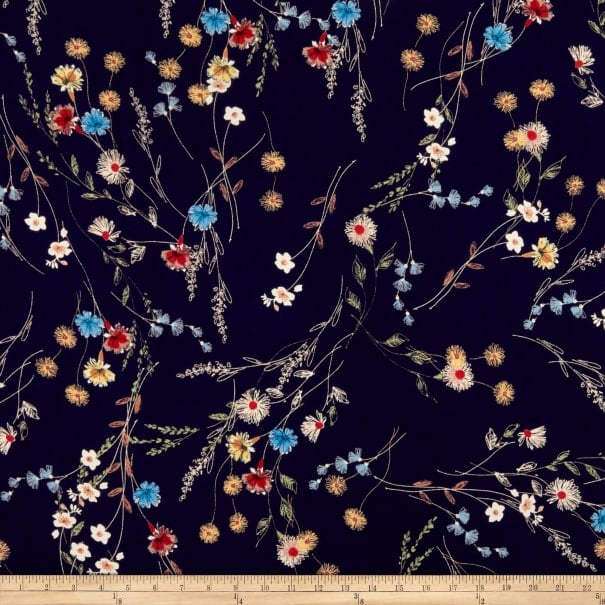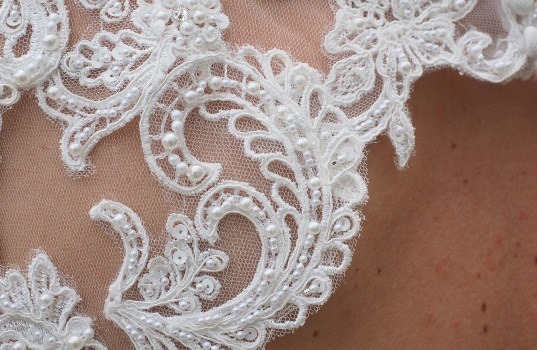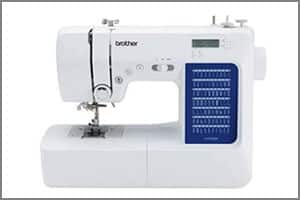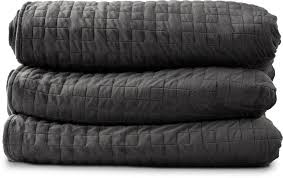Poplin Fabric: History, Properties, Use, Care, Where to Buy
Table of Contents
Introduction to Poplin Fabric
Poplin fabric is a lightweight and plain-woven fabric. It works wonderfully for business clothes, everyday wear, and even for decorating the interior of your home. The ribbed appearance of the fabric is achieved by using both coarse cross-grain and finer straight grain threads.
If you’re looking for a plain weave cloth, you’ll find it in Poplin fabric. The warp and weft yarns in poplin, also known as a tabinet fabric, are exceedingly fine, and the fabric has a close weave. Cotton textile and cotton mixes, silk poplin, polyester poplin, and polyester blends are all examples of poplin.
What is the History of Poplin Fabric?
Poplin was first created in Avignon, located in France, during the 15th century. A big mansion in Avignon is referred to as Le Palais Des Papes. During this period, Avignon served as the seat of the papacy.
The word “Poplin” comes from the French term “Papelaine,” which refers to a fabric similar to poplin but made out of silk. Papelaine is derived from the Italian word Papalino, translated as either papal fighter or pope’s guard.
The term “Poplin” has taken on a contemporary meaning distinct from its historical connotation. In modern times, the weave of the cloth is called Poplin. Originally, it referred to the component that it was constructed from. Silk would have been historically used for the delicate warp yarns, whereas wool would have been used for the thicker weft strands.
Properties of Poplin Fabric
- It is a highly breathable fabric
- It is a lightweight fabric.
- It is fine and smooth in texture
- It is comfortable to wear.
- It is wrinkle-resistant.
How is Poplin Fabric Made?
Poplin’s fiber makeup has shifted from silk and wool to various other fibers. A wide variety of materials are now used to make modern poplins.
The renowned weave takes on a unique look and texture with each new fiber used. Each mixture, however, results in an airier fabric than the one it replaces. Modern cloth is known for its coolness and silky drape during the summer months.
Poplin is commonly made of cotton. Cotton has the dual benefits of insulating and wicking away moisture, making it an excellent material for summer clothing, whether used alone or in combination with polyester. You obtain wrinkle-resistant clothing when you combine polyester’s smooth shine and soft fibers.
In addition to cotton, rayon is also used to make Poplin fabric. The pairing of silk and wool is still possible, but it’s less common nowadays. Present Poplin outfits are made of cotton blends and polyester.
Where is Poplin Fabric Made?
The fabric is widely available, but its production is primarily concentrated in Asian nations like India, Pakistan, and China because China dominates the global textile market.
The vast majority of the fabric is manufactured close to where end-users and garment manufacturers can purchase it.
Common uses of Poplin Fabric
Poplin fabric is used to make various types of garments and outfits.
Daily wear
One of the most common shirt fabrics, poplin, is used in everything from simple blouses to dressier button-ups for men. As a rule, cotton poplin shirts are more preferred in warmer climates than silk poplin shirts.
Casual wear
Poplin is the best fabric for loungewear, such as pajamas, for its smoothness and ease.
Sewing with Poplin fabric
Poplin fabric is a lightweight fabric that needs to be sewed with care. However, Sewing patterns and designs on the fabric can be done without a hindrance if one ensures using the correct sewing essentials and sewing notions and supplies.
Depending on the material, the fabric will stitch differently. With silks and polyesters, working with them might be difficult, although cotton-made poplin is easy to sew. Stabilize the fabric with pattern weights to prevent it from slipping during the cutting process.
Choosing a sewing thread for your Poplin project should consider the fabric’s durability. You can use cotton or polyester-based threads depending on the type of Poplin you have to work with.
The best sewing machines, such as the Brother SE600, produce better outcomes for sewing fabric. It is easy to sew the fabric to construct clothes and outfits of your choosing with these tips and tactics in mind.
Dyeing and Printing with Poplin fabric
Poplin is a versatile fabric that readily accepts dyes and prints, making it a good choice for apparel that features a variety of colors and patterns, such as polka dots or floral prints.
Depending on the fibers that make up the fabric, it might be possible to color the fabric. It is possible to use Rit All-Purpose Liquid Dye, the best fabric dye available, on items that have been manufactured using cotton, polyester, and other types of synthetic threads.
How to care for Poplin Fabric?
Poplin fabric is a low-maintenance fabric that can be easily washed and ironed.
Washing
- You can machine wash the fabric
- The machine setting should be set to a gentle cycle
- You should use a gentle laundry detergent.
- Fabric softeners can be used.
- The fabric can be dried by air-drying it on a flat exterior
- You can also tumble dry the fabric.
Ironing
- Using a shark steam iron, press the fabric on the wrong side
- Hold the fabric together using a pressing cloth and a low heat setting
- If you want to keep the fabric from unraveling, you can use pins.
Where to buy Poplin Fabric?
To find Poplin, you’ll want to look for it in a fabric store or clothes store. In addition to traditional stores, customers can purchase Poplin fabric via websites like Amazon and https://amzn.to/4b6kxLB.
Currently, these two companies carry the best Poplin fabric, like the polyester-based Poly Poplin or the attractive Power Poplin.
It can be sold in several ways depending on the seller;
- By yard
- By Inches
- Can be cut to order
Conclusion
Poplin is a highly adaptable fabric that may be use for both fashionable clothes and functional wear. It can be made entirely of cotton or from a cotton-based blend.
Sources
